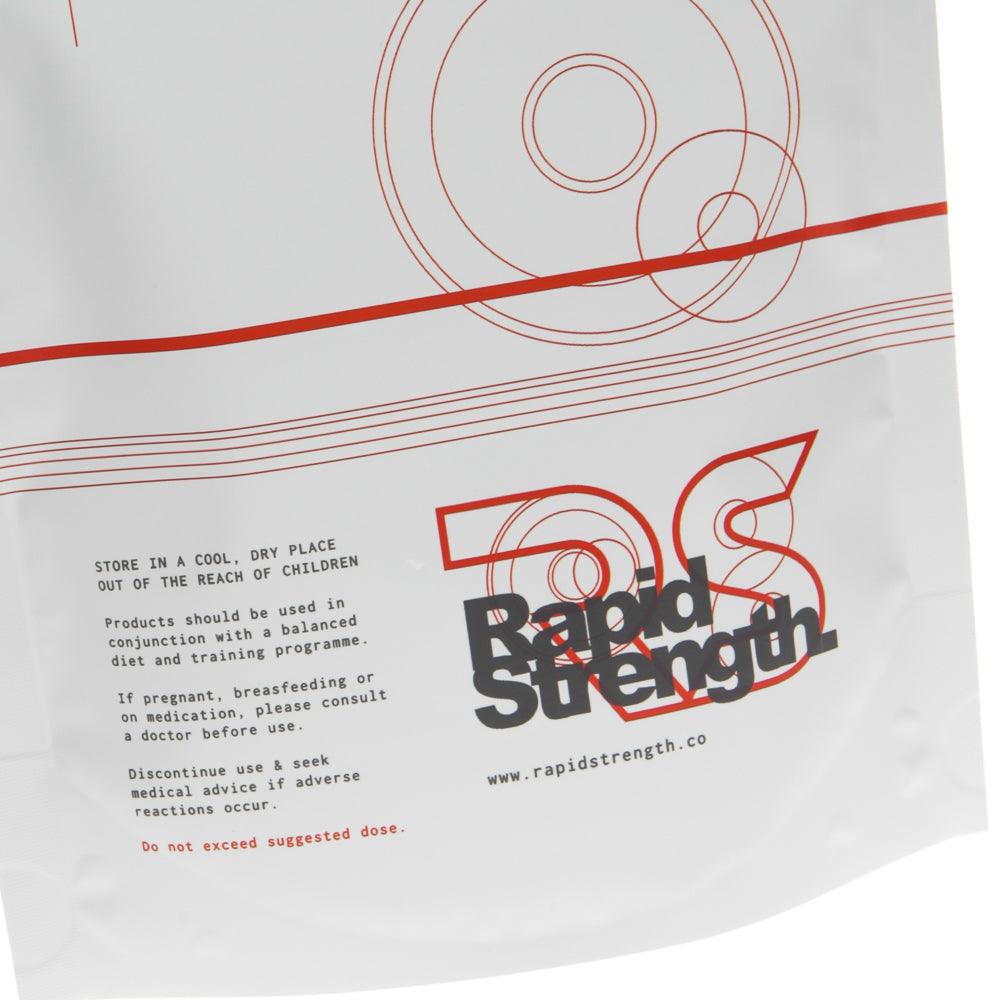Dextrose, a monosaccharide, is actually the dextrorotatory form of glucose. Carbohydrates are mainly classified as ‘simple’ or ‘complex’ carbohydrates. Being a simple monosaccharide, dextrose contains only one sugar molecule. Simple sugars cause a rise in blood glucose level very quickly; however, they are deprived of nutritional value.
This fast absorbing carbohydrate is sweet in taste and used commercially as a sweetener in foods and drinks;
- Baking products
- Processed food
- Corn syrup
Dextrose as a sports supplement
Recent researches have shown that dextrose, a fast absorbing simple sugar, could be influential in kicking athlete’s sports performance up a notch. ‘Glycemic index’ measure refers to the rate at which carbohydrate enters the bloodstream. Dextrose has a very high ‘glycemic index’ which means it is absorbed extremely fast. As far as health and fitness are concerned, if dextrose is used at a proper time, in conjugation with suitable supplements, it could stimulate post-workout recovery and muscle glycogen level to a great extent.
How does it work?
During training, our body uses glycogen as fuel. As dextrose is rapidly absorbed in the bloodstream, athletes and bodybuilders believe that this property can be helpful in increasing physical performance and post-workout-recovery. This is achieved by continuous transportation of nutrients, faster into the muscles.
Consumption of dextrose before, during or after the training boosts strength and endurance by providing ‘raw energy.’ In addition, it maximises the gains of a person by triggering the muscle repair process afterward. Dextrose aids in increased uptake of creatine, and amino acids like Beta Alanine, L-Arginine, L-Carnitine as well as L-Glutamine. However, the primary objective associated with dextrose, as a supplement, is to cause a spike in insulin levels of the body right after we train.
Dextrose induces an Insulin spike
Insulin is a hormone made by pancreatic cells of our body that allows the consumption of sugar (glucose) from carbohydrates present in food as well as its storage. Glucose is stored as glycogen in muscles by virtue of insulin for future use. Insulin retains the blood sugar level from getting too low (hypoglycemia) or too high (hyperglycemia).
Due to exercise, the glycogen level in our muscles is depleted, and our cells expand slightly. This expanded volume refers to the anabolic state to absorb more proteins, amino acids, and glycogen. This is known as ‘anabolic window’ which usually lasts no longer than one-hour post-workout. Use of dextrose spike insulin levels which serves as the transportation system for nutrients – typically from the bloodstream to muscles to begin the recovery of ‘starving muscles.’ The quick absorption of dextrose in bloodstream elevates insulin levels and thus kick-starts the post-workout recovery process.
Primary benefits of Dextrose supplements
The major benefits associated with dextrose supplements involve;
- Muscle Growth:
As mentioned earlier, dextrose enters the bloodstream quickly due to high ‘GI’ and results in the rapid increase of carrier hormone, i.e. insulin. Thus it allows the muscle cells to absorb nutrients at a faster rate to aid recovery.
- Sweet Taste:
Being a carbohydrate, dextrose is sweet in taste. One of the main benefits of the dextrose supplement is its great taste. As it lacks any nutritional value, a person does not have to worry about feeling guilty of drinking something so sweet.
- Replenishes Glycogen Levels:
Apart from the induction of insulin spike that will shuttle proteins and amino acids into the nutrient-depleted muscle cells, dextrose plays a role in replenishing glycogen levels as well. The more glycogen level, the more energy the body has.
Potential Side Effects:
The likely side effects include;
- Diarrhea
- Stomach cramps
- Frequent urination
- Mental confusion
- Abnormal rapid breathing
- Tissue necrosis








